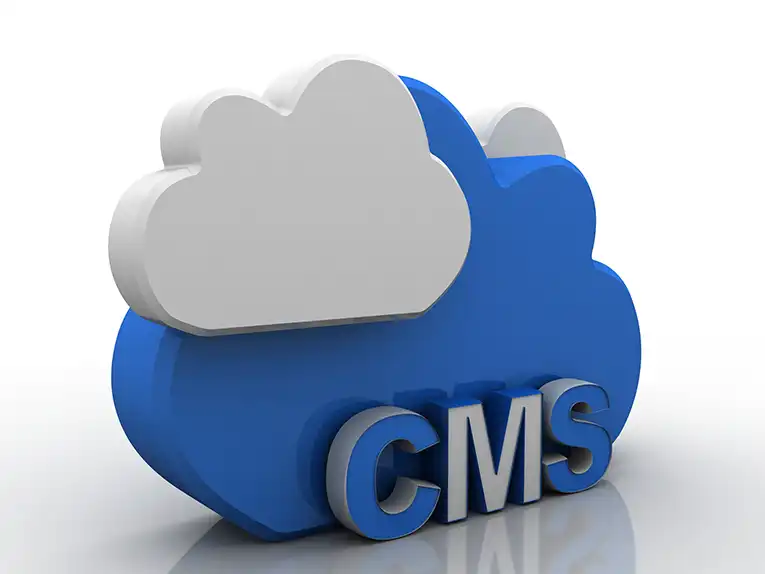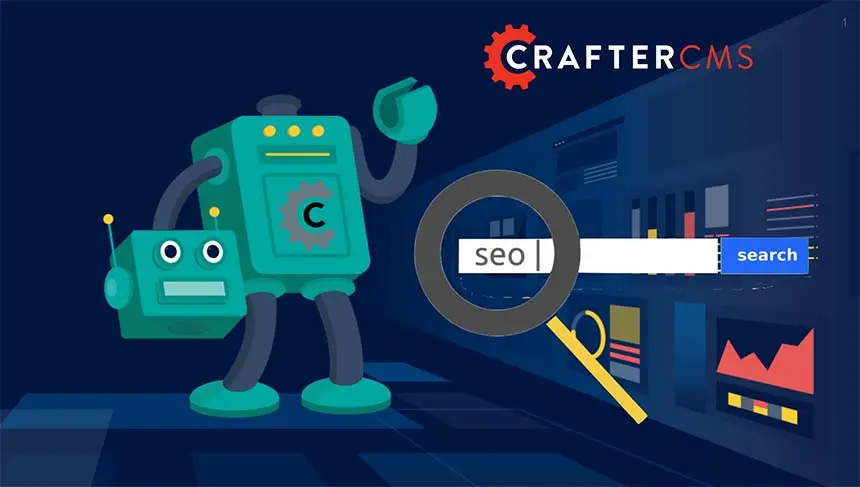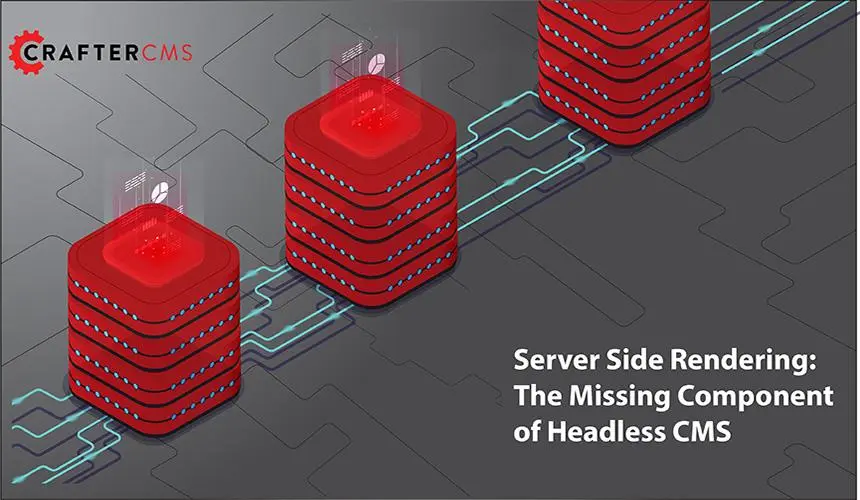Traditional CMS is Out; A New Class of Headless CMS is In

Mike Vertal

Disruptive technology continues to work its way into our lives, changing the way we have fun, the way we learn, and the way we do business. According to Statista, at the end of 2018, there were 22 billion connected devices in use around the world, a number expected to rise to 50 billion by 2030. Multi-channel is here to stay.
As these channels and devices continue to explode, it also means there are new and exciting ways for us to receive content. This massive content consumption implies that companies need to lean on new technologies for content management and delivery as well.
While traditional CMS platforms such as WordPress and Drupal continue to maintain their share of blogs and simple websites, they can’t adequately cope with the number of channels and digital touchpoints that continue to be created. Same goes for Adobe Experience Manager and Sitecore for larger enterprise websites. All these traditional content management systems were built 20+ years ago to manage pages on a website using database technologies.
Nowadays, there is a whole new class of CMS and CMS-related technologies that is replacing these legacy CMS platforms. When you factor in the explosion of devices and touchpoints, the reality is that any CMS that was built more than a decade ago is going to be obsolete in less than three years.
Traditional Ways Are Being Made Obsolete
The legacy CMS platforms that worked well in the past were built to handle one primary channel --a website or a blog where news updates and articles are published regularly. Legacy CMS platforms allow you to store, create, publish and edit content as you see fit, before publishing it to a front end display channel like a blog or corporate website.
Platforms like WordPress were created for publishing content, but as we factor in the growth of other channels like mobile, smartwatches and more, the value of the traditional CMS begins to crumble.
The legacy CMSs are plagued by a lack of flexibility, outdated technology, and they don’t scale well, not to mention the hidden costs. If you want to have more flexibility, then you need to include additional plugins and extensions even to try squeezing some extra value out of your CMS.
For Drupal users, especially, when this lack of flexibility gets coupled with time-consuming migrations, this creates another issue. Not to mention running Drupal with Kubernetes and Docker requires you to overcome many challenges. This makes it harder to scale and fit into the modern DevOps world.
Jamstack is the new wave when it comes to simple, static websites, and the current PHP-based traditional CMS platforms aren’t even part of that discussion.
The New Class of CMS
We are living in a rapidly changing world, where content delivery has been reimagined. People aren’t just surfing the web on their laptops or desktop computers anymore. They’re also using their smartphones and tablets and consuming content as they go about their day.
Web development has begun to accommodate our changed behaviors with new technologies and new ways of doing things. Single page applications (SPAs) and progressive web applications (PWAs) that give in-app experiences on mobile browsers are becoming the new norm, and the developers building them want to rely on Javascript frameworks like React, Angular and Vue.
Some CMS platforms have followed suit with the rise of headless content delivery.
While the backend of the CMS maintains storage capabilities and acts as a content repository, the decoupled front end is now capable of delivering content to a variety of channels without creating additional pressure for developers working with the systems.
A whole new class of CMS is taking over, and they’re being built on Jamstack and static site generators like Gatsby, or they’re simple SaaS-only headless platforms like Contentful and Contentstack, or they’re enterprise-scale headless+ platforms like CrafterCMS.
These headless platforms are offering more flexibility and longevity than the traditional CMSs that came before them, and the transition is happening a lot faster than anyone initially thought.
Legacy Is Out, and Headless Is In
Sure, the world is changing, and there are more channels, but why else are these new breeds of CMSs going to take over?
APIs
What makes headless CMSs unique is the use of APIs. These APIs are what make it possible for a headless CMS to connect to multiple frontends.
APIs transfer data between applications, so by converting the content stored on the backend into data, it can then be delivered to a website, mobile device, or other display.
A headless CMS makes use of APIs for managing content as well as other APIs for managing additional features such as commerce or personalization.
Omnichannel
Delivery to multiple channels gets mentioned a lot when speaking about a headless CMS, but it’s a crucial detail. Our changes in content consumption behavior mean that we’re interacting with several different touchpoints at the same time.
If we start viewing something on a desktop, we might need to switch to a mobile device to access it on the go. Plus, there are channels which haven’t even been invented yet.
The API-first architecture of a headless CMS makes it possible to connect to these future channels as well.
But can’t legacy platforms just add APIs of their own to connect to these current and upcoming channels? What else do headless CMSs have?
Cloud Native
Legacy platforms can add APIs too but when they do the system becomes clunky. This can lead to issues down the road that are difficult to recover from, especially when you’re trying to scale. Database-oriented systems do not scale easily in today’s elastic cloud environment.
Solving for scalability is much easier with a headless CMS that are built from the ground up for cloud scalability. A CMS platform that is stateless, cloud-native, and elastically scalable will grow with you as your company grows.
Hybrid Headless
Traditional CMS platforms were once the winners when it came to creating content. For all of the benefits of headless platforms, they were built for developers first and foremost. The ability to make faster connections to multiple frontends is perfect for content delivery, but what about content creation?
With a hybrid headless CMS, or what we call headless+, content creators regain their power and don’t need to rely on developers to help them out at every turn. They can easily create, edit, preview and publish their content to multiple channels with WYSIWYG tools, just as they did before using legacy CMSs made for blogs and websites.
Stay Among Disruption with CrafterCMS
The new wave of CMS platforms will continue to disrupt traditional platforms until they render them completely obsolete.
At CrafterCMS, we consider ourselves leading this new wave of CMS. Our other headless CMS competitors are doing a good job of disrupting the content management market, but we see ourselves as accelerating that disruption.
CrafterCMS sets itself apart from all other CMS’s with our unique infrastructure, built to get the most out of content by streamlining the efforts of software developers, content authors and operations. Our Git-based architecture and DevContentOps® workflow make working with a CMS exciting for all departments. And our API-first, microservices-based, stateless content platform is cloud native and easy to scale and operate, regardless whether you use our turnkey SaaS offering or our self-managed offering that works seamlessly with Kubernetes and Docker.
Developers can use their favorite tools, frameworks and processes and simply build on CrafterCMS without any constraints. User-friendly editing features eliminate bottlenecks for content authors, and true serverless and stateless dynamic content delivery support dramatically simplifies operations.
Learn everything you need to know about ‘The World of Headless CMS’ by downloading our whitepaper.
Related Posts

Building Personalized Digital Experiences for a Cruise Liner

Sara Williams

CrafterCMS Wins More G2 Awards Spring 2024

Amanda Lee

What Is a Cloud CMS? (Unlocking the Benefits of a CMS in the Cloud)

Sara Williams

Headless CMS SEO (How to Do SEO Right With a Headless CMS)

Amanda Jones











